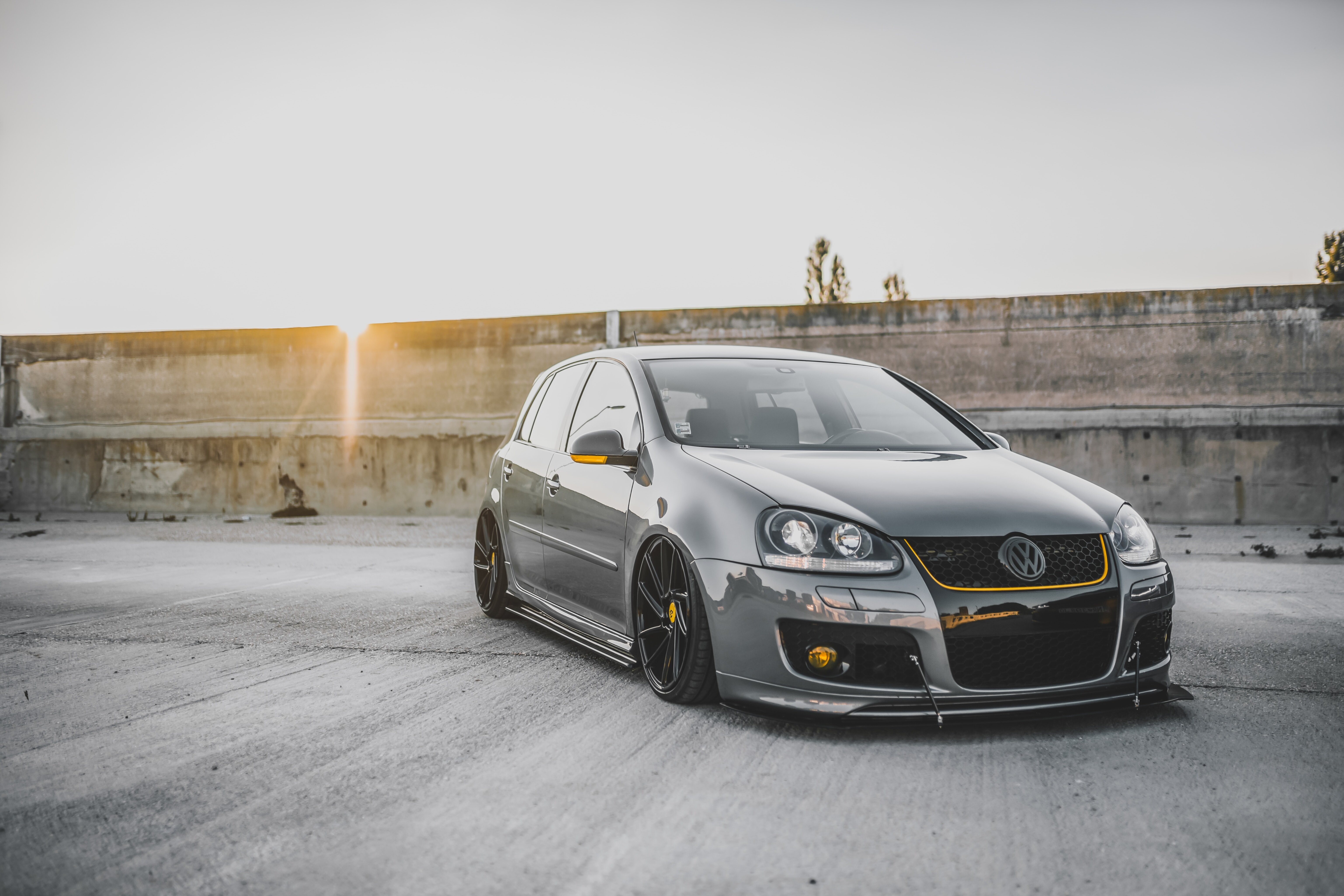2025 BMW M850i xDrive A Detailed Look at the Luxury Grand Tourer's Performance and Features

The current iteration of the M850i xDrive presents an interesting engineering proposition. It sits in that fascinating space between the more comfort-oriented 8 Series variants and the full-bore M8. I’ve been spending time with the specifications, looking beyond the marketing gloss to see precisely where the chassis, powertrain, and electronic architecture land in the grand tourer hierarchy for the current model year. It’s a machine that promises a blend of daily usability and serious, autobahn-eating capability, but often, such promises require close scrutiny of the componentry involved.
What we are observing here is BMW’s attempt to strike a very specific balance. They’ve taken the robust foundation of the CLAR platform and applied a significant dose of performance tuning without completely sacrificing the refinement expected of a near-flagship coupe or Gran Coupe. My initial focus centers on how they've managed the thermal load and the torque delivery from that familiar, yet consistently revised, V8 engine. Let's examine the hardware that makes this particular configuration tick.
Let's start with the powertrain, specifically that N63-derived V8, now breathing through revised intake and exhaust plumbing for its latest iteration. The stated output figures are impressive, certainly, pushing north of 520 horsepower, but the real engineering question for a grand tourer is how that power builds across the rev range, particularly when the transmission is involved. The ZF eight-speed automatic, while generally excellent, needs to manage the 550 lb-ft of torque without excessive heat soak during sustained high-speed running, a common concern in less overtly cooled setups. I’ve been mapping out the xDrive system’s bias settings; it remains rear-biased, which is expected, but the electronic control unit’s decision-making process regarding torque split under low-traction scenarios seems notably quicker than previous generations. This quickness is vital because a grand tourer shouldn't feel clumsy when transitioning from a cruise to an assertive overtake on a wet surface. Furthermore, the adaptive M suspension, which utilizes electronically controlled dampers, needs to strike a convincing compromise between soaking up expansion joints on poor pavement and keeping body roll to an absolute minimum when pushed into tighter corners. That constant, real-time adjustment of damping forces is where the true cost and complexity of this setup reside, and it demands near-instantaneous sensor feedback.
Moving to the chassis and driver interface, the steering ratio calibration deserves a closer look, especially considering the weight distribution inherent in a long-hood, rear-wheel-drive-biased AWD car. I find the feedback through the wheel to be surprisingly communicative for an electrically assisted system, suggesting BMW spent considerable time tuning the feel rather than just the response rate. The braking system, typically M Performance rather than full M division specification, relies on substantial, cross-drilled rotors paired with four-piston fixed calipers up front. For spirited mountain driving, one must consider fade characteristics over repeated hard stops, as these components are engineered for rapid deceleration from high velocity, not necessarily the sustained thermal cycling of a track day. Inside, the cabin materials are undeniably premium, but I am more interested in the acoustic engineering; the sound deadening applied to the firewall and wheel arches seems significantly upgraded compared to earlier 8 Series models, effectively isolating the occupants from that V8 rumble at a steady 80 mph cruise. That quietness is the defining characteristic of a successful grand tourer, allowing conversation or serious listening to the optional audio system without strain. The integration of the latest iDrive hardware, while feature-rich, must maintain operational simplicity when the driver is already managing high speeds and complex road situations.
More Posts from tunedbyai.io:
- →Analyzing the Used Scion FR-S Market in Wichita, KS Prices, Mileage, and Availability as of 2024
- →Common EcoBoost Turbo Issues in the 2014 Ford Explorer Sport A Diagnostic Guide
- →2025 Subaru Outback Maximizing Cargo Space in a Compact Crossover Design
- →Legal Rights and Red Flags A 7-Point Pre-Purchase Inspection Guide for Used Car Buyers in 2024
- →2009 Saturn Sky Hydro Blue Edition Tuning and Design Analysis
- →Japan's Kei Trucks The Compact Revolution in Global Automotive Design